RA: Data Science and Supply Chain analytics. A-Z with Python
Loại khoá học: Programming Languages
Learn Python, Supply Chain Data Science ,Linear Programming, Forecasting, Pricing and Inventory Management.
Mô tả
"I attended this course with high expectations. And I was not disappointed. It´s incredible to see what is possible with Python in terms of supply chain planning and optimization. Haytham is doing a great job as a trainer. Starting with explanation of basics and ending with presentation of advanced techniques supply chain managers can apply in real life."
Larsen Block
Director Supply Chain Management at Freudenberg Home and Cleaning Solutions GmbH
New update : Forecast for OTB calculation with AutoML is added (Aug 2023)
After our Data Science and supply chain analytics with R course being dubbed the highest rated course in supply chain on Udemy, we are pleased to Introduce Data Science and supply chain analytics. A-Z with Python !!
" 60000 Professionals are using inventorize across R & Python. Know how to use it only in this course"
It's been seven years since I moved from Excel to data science and since then I have never looked back! With eleven years between working in Procurement, lecturing in universities, training over 70000 professionals in supply chain and data science with R and python, and finally opening my own business in consulting for five years now. I am extremely excited to share with you this course and learn with you through this unique rewarding course. My goal is that all of you become experts in data science and supply-chain. I have put all the techniques I have learned and practiced in this one sweet bundle of data science and supply chain.
As a consultancy, we develop algorithms for retailers and supply chains to make aggregate and item controllable forecasting, optimize stocks, plan assortment and Maximize profit margin by optimizing prices. 20000 people are already using our free package for supply chain analysis "Inventorize" and we can't wait to share its capabilities with you so you can start dissecting supply chain problems...for free!
The motivation behind this project is filling the gap of finding a comprehensive course that tackles supply chains using data science. there are courses for data science, forecasting, revenue management, inventory management, and simulation modeling. but here we tackle all of them as a bundle. Lectures, Concepts, codes, exercises, and spreadsheets. and we don't present the code, we do the code with you, step by step.
the abundance of the data from customers, suppliers, products, and transactions have opened the way for making informed business decisions on a bigger and more dynamic scale that can no longer be achieved by spreadsheets. In this course, we learn data science from a supply chain mindset.
Don't worry If you don't know how to code, we learn step by step by applying supply chain analysis!
*NOTE: Full course includes downloadable resources and Python project files, homework and course quizzes, lifetime access, and a 30-day money-back guarantee.
Who this course is for:
· If you are an absolute beginner at coding, then take this course.
· If you work in a supply-chain and want to make data-driven decisions, this course will equip you with what you need.
· If you are an inventory manager and want to optimize inventory for 1000000 products at once, then this course is for you.
· If you work in finance and want to forecast your budget by taking trends, seasonality, and other factors into account then this course is just what you need.
· If you are a seasoned python user, then take this course to get up to speed quickly with python capabilities. You will become a regular python user in no time.
· If you want to take a deep dive (not just talking) in supply chain management, then take this course.
· If you want to apply machine learning techniques for supply -chain, we will walk you through the methods of supervised and unsupervised learning.
· If you are switching from Excel to a data science language. then this course will fast track your goal.
· If you are tired of doing the same analysis again and again on spreadsheets and want to find ways to automate it, this course is for you.
· If you are frustrated about the limitations of data loading and available modules in excel, then Moving to python will make our lives a whole lot easier.
Course Design
the course is designed as experiential learning Modules, the first couple of modules are for supply chain fundamentals followed by Python programming fundamentals, this is to level all of the takers of this course to the same pace. and the third part is supply chain applications using Data science which is using the knowledge of the first two modules to apply. while the course delivery method will be a mix of me explaining the concepts on a whiteboard, Presentations, and Python-coding sessions where you do the coding with me step by step. there will be assessments in most of the sections to strengthen your newly acquired skills. all the practice and assessments are real supply chain use cases.
Supply chain Fundamentals Module includes:
1- Introduction to supply chain.
2- Supply chain Flows.
3- Data produced by supply chains.
Python Programming Fundamentals Module includes:
1- Basics of Python
2- Data cleaning and Manipulation.
3- Statistical analysis.
4- Data Visualization.
5- Advanced Programming.
Supply chain Applications Module include :
1- Product segmentations single and Multi-criteria.
2- Supplier segmentations.
3- Customers segmentations.
4- Forecasting techniques and accuracy testing.
5- Linear Programming and logistics optimizations.
6- Pricing and Markdowns optimization Techniques.
7- Inventory Policy and Safety stock Calculations.
8- Inventory simulations.
9- Machine Learning for supply-chain.
10- Simulations for optimizing Capacity and Resources.
*NOTE: Many of the concepts and analysis I explain first in excel as I find excel the best way to first explain a concept and then we scale up, improve and generalize with Python. By the end of this course, you will have an exciting set of skills and a toolbox you can always rely on when tackling supply chain challenges. The course may take from 12-16 weeks to finish, 4-5 hours of lectures, and practice every week.
Happy Supply Chain mining!
Haytham
Rescale Analytics
Feedback from Clients and Training:
"In Q4 2018, I was fortunate to find an opportunity to learn R in Dubai, after hearing about it from indirect references in UK.
I attended a Supply Chain Forecasting & Demand Planning Masterclass conducted by Haitham Omar and the possibilities seemed endless. So, we requested Haitham to conduct a 5-day workshop in our office to train 8 staff members, which opened us up as a team to deeper data analysis. Today, we have gone a step further and retained Haitham, as a consultant, to take our data analysis to the next level and to help us implement inventory guidelines for our business. The above progression of our actions is a clear indication of the capabilities of Haitham as a specialist in R and in data analytics, demand planning, and inventory management."
Shailesh Mendonca
Commercial lead-in Adventure AHQ- Sharaf Group
“ Haytham mentored me in my Role of Head of Supply Chain efficiency. He is extremely knowledgebase about the supply concepts, latest trends, and benchmarks in the supply chain world. Haytham’s analytics-driven approach was very helpful for me to recommend and implement significant changes to our supply chain at Aster group”
Saify Naqvi
Head of Supply Chain Efficiency
“I participated in the training session called "Supply Chain Forecasting & Management" on December 22nd 2018. This training helped me a lot in my daily work since I am working in Purchase Dpt. Haytham have the pedagogy to explain us very difficult calculations and formula in a simple way. I highly recommend this training.”
Djamel BOUREMIZ
Purchasing Manager at Mineral Circles Bearings
Bạn sẽ học được gì
A-Z Guide to Mastering Python for Data Science.
Work as A demand Planner.
Become a data driven supply chain manager.
Use linear Programming in python for logistics optimization and Production scheduling.
Set stock policies and safety stocks for all of your Business products.
Revenue management
Segment Customers, Products and suppliers to maximize service levels and reduce costs.
Learn simulations to make informed supply chain decisions.
Become a supply chain data scientist.
Learn Supply chain techniques you will only find in this course. Guaranteed!
Yêu cầu
- Excel
- Anaconda
- spyder
Nội dung khoá học
Viết Bình Luận
Khoá học liên quan

Đăng ký get khoá học Udemy - Unica - Gitiho giá chỉ 50k!
Get khoá học giá rẻ ngay trước khi bị fix.









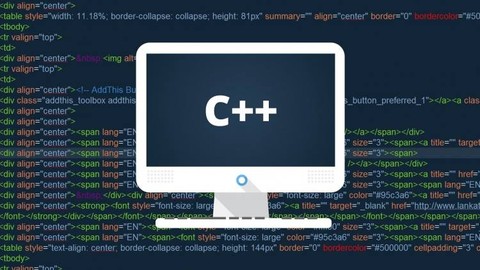
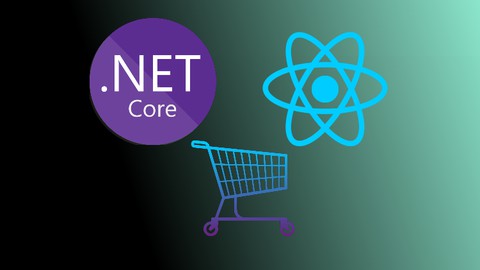

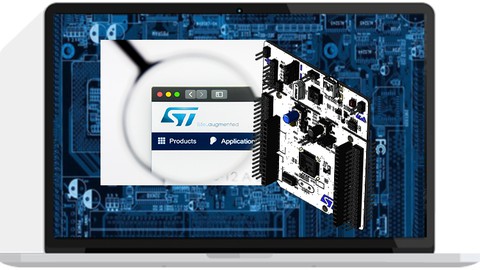


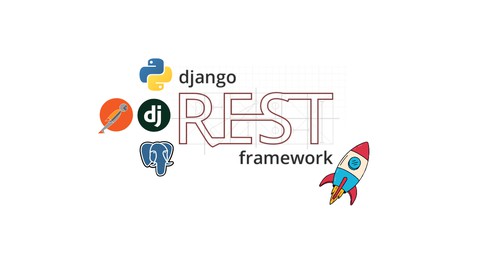

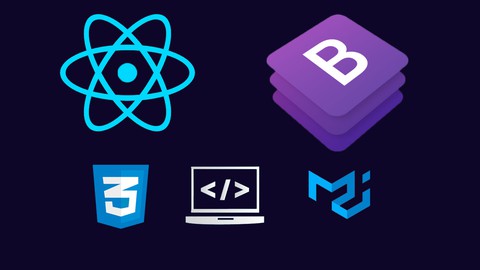
Đánh giá của học viên
Bình luận khách hàng